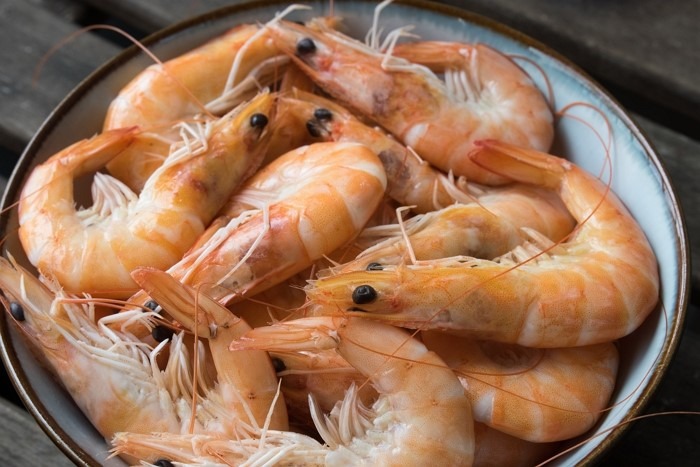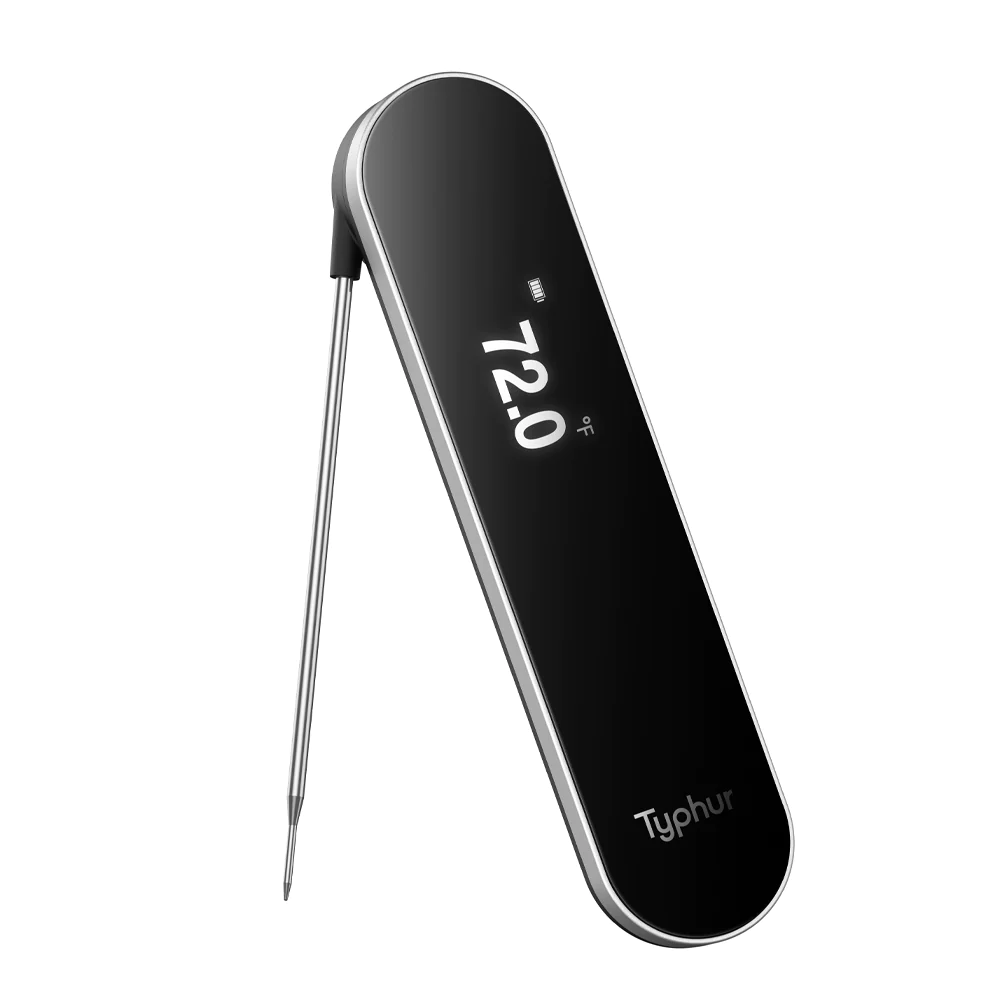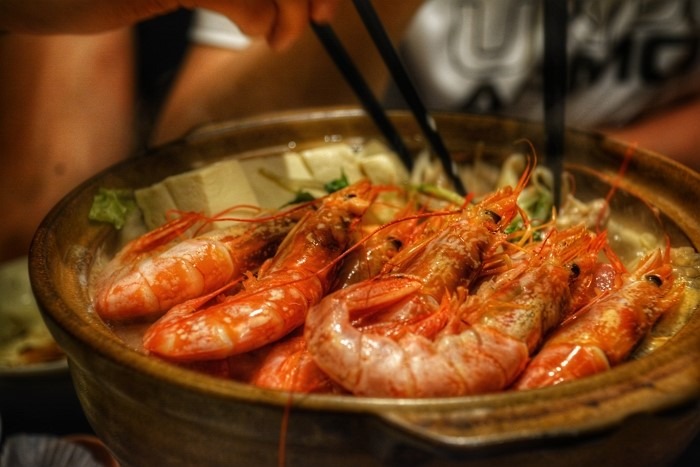Cooking shrimp to perfection is an art that requires a keen eye, a gentle touch, and a touch of culinary finesse.
As any seafood enthusiast knows, the line between succulent tenderness and rubbery disappointment is a delicate one.
In this guide, we’ll explore 4 easiest ways to show you how to tell if shrimp is cooked.
- Check the Color of the Shrimp
Raw shrimp boasts a translucent appearance, often varying from pale gray to blushing pink or light orange.
As heat works its magic, the proteins in the shrimp coagulate, turning its flesh from translucent to opaque. A perfectly cooked shrimp should exhibit a uniform and vibrant color throughout its body.

The opaqueness indicates that the proteins have undergone the necessary transformation, yielding a tender and delightful bite.
Beware while cooking to avoid overcooking, which results in a dull, chalky white appearance indicating shrimp’s overcooking.
- Check Shrimp Internal Temperature
For those who cherish precision in their culinary endeavors, a reliable ally comes in the form of technology.

The Typhur InstaProbe instant-read meat thermometer, with its lightning-fast 0.75-second reading speed, is a game-changer in the culinary world. Insert the probe into the thickest part of the shrimp’s flesh, ensuring it doesn’t touch the shell. A temperature of 120 to 145°F (49 to 63°C) is the sweet spot, yielding a shrimp that is both juicy and tender.
This method eliminates the guesswork, granting you the confidence to create consistently delightful shrimp dishes that leave your taste buds dancing with joy.
- Check the Shape of the Shrimp
Shape, often an overlooked aspect, can unveil a great deal about the shrimp’s readiness.
Raw shrimp typically boasts a slightly curled or arched form. When subjected to heat, the proteins contract, causing the shrimp to straighten out. A shrimp that has gracefully assumed a gentle C-shape is likely on the cusp of perfection.

Conversely, if the shrimp exhibits a tightly coiled shape, it might be slightly undercooked. Overcooked shrimp tend to curl into a tight O-shape, reflecting an unfortunate rubbery texture.
A keen eye for the subtle variations in shrimp curvature can serve as your compass on the journey to culinary triumph.
- Check the Texture of the Shrimp
The texture of shrimp can convey a wealth of information about its readiness. A raw shrimp feels slightly slimy to the touch due to its protective layer.
With the right amount of heat, this layer dissipates, leaving behind a surface that is tender and slightly firm. Gently press your fingertip against the shrimp’s surface – a shrimp that yields slightly to pressure while retaining its shape is a prime candidate for consumption.
If it feels mushy or falls apart, it’s a signal of overcooking. The perfect balance lies in that exquisite intersection of firmness and yielding delicacy.
Also Read: Developing Healthy Eating Habits in Children
FAQs about cooked shrimp
Q: How to tell if cooked shrimp is bad?
Here are 3 ways to help you to tell if your cooked shrimp is bad.
- Off-Putting Odor: If the aroma has shifted to an overpowering fishy, ammonia-like, or sour smell, it’s a strong indicator that the shrimp has started to deteriorate.
- Visible Discoloration: Cooked shrimp that has taken a turn for the worse may exhibit noticeable changes in color, such as patches of gray, yellow, or even green.
- Unusual Texture: If your once succulent shrimp has become excessively soft or slippery, it’s a clear indication that bacterial activity has taken hold, rendering the shrimp inedible.
Q: Can shrimp be pink and still raw?
A: While pinkness is a positive sign that your shrimp are on their way to being cooked, it’s not a guarantee of full doneness. The internal temperature of the shrimp is the ultimate determinant of its doneness and safety for consumption.
Hey welcome to my blog . I am a modern women who love to share any tips on lifestyle, health, travel. Hope you join me in this journey!

Speak Your Mind